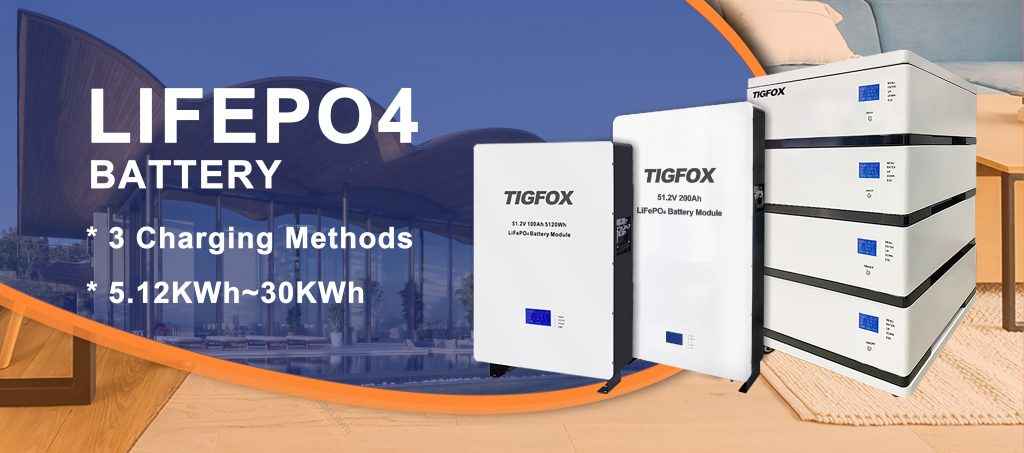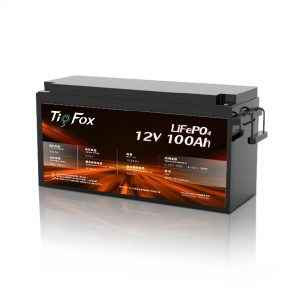It is a good news for solar power industry espcially off-grid energy storage system, lithium carbonate prices has led to a corresponding reduction in the cost of lithium batteries, indicating a downward trajectory in prices at 2023.
According to the data from Shanghai Steel Union on August 15, the average cost of ternary square power cells dropped to 0.1 USD/watt-hour, while lithium iron phosphate square power cells reached an average of 0.09 USD/watt-hour. These figures mark an almost fourfold decrease since the start of the year.
Lithium batteries typically adhere to a structure consisting of cells, modules, and battery packs, with cells being the smallest units within the battery pack.
In the lithium battery domain, ternary square battery cells and lithium iron phosphate square battery cells represent the two primary technical pathways.
At present, the cost of lithium battery cells is close to the historical low observed in August 2021. The recent dip in lithium battery costs can be primarily attributed to the sharp drop in the price of lithium carbonate. Prominent lithium battery companies, such as Gotion, have voiced similar observations.
As of August 15, the average price of battery-grade lithium carbonate had fallen to 35,555 USD per ton, marking a 50% decrease from the beginning of the year.
Lithium carbonate plays a pivotal role as a key raw material within the lithium battery industry, predominantly in the production of positive electrode materials for lithium batteries.

At current rates, lithium carbonate contributes to approximately one-third of the cost for lithium iron phosphate batteries(Lifepo4) and nearly 30% of the cost for ternary lithium batteries.
Over the last two years, fluctuations in lithium carbonate prices have significantly impacted lithium battery costs, deviating from the historical trend of continuous price reductions over the past decade.
In the final quarter of the preceding year, the cost of battery-grade lithium carbonate surged to around 91,000 USD per ton, marking a tenfold increase compared to the commencement of 2021. Simultaneously, the price of lithium battery cells reached a three-year peak, hovering at approximately 0.14 USD/watt-hour.
The fluctuation in lithium carbonate prices alone contributed to a 20% per watt-hour increase in power battery costs within the previous year.
Following the peak at the conclusion of the preceding year, the price of lithium carbonate experienced a rapid descent during the initial half of the current year, plummeting to 28,000 USD per ton at one juncture.

However, prices have recently rebounded. Experts predict that, with the anticipated decline in lithium carbonate prices, there remains potential for further reduction in lithium battery prices.
In addition to the fall in lithium carbonate prices, an oversupply of other raw materials required for lithium batteries, including positive and negative electrodes, separators, and electrolytes, has also contributed to the decline in battery costs.
An analysis highlighted that raw material companies are operating on the cusp of their cost margins to maintain production rates.
Leaders at Gotion high-tech noted that the growth rate of the vehicle market decelerated during the initial half of the year, while new battery production capacity gradually entered the market. This shift in the past two years’ battery supply shortage dynamics has consequently impacted battery price fluctuations to a certain extent.
They emphasized that the market is not grappling with an oversupply concern, rather there appears to be a reduction in capacity scarcity.
The supply-demand dynamic within the lithium battery sector experienced a shift during the first half of the year. Certain companies adopted strategies of lowering prices to secure orders, which subsequently influenced lithium battery pricing.
Conversations regarding the risk of overcapacity in the lithium battery industry have gained momentum recently.
Lithium batteries find applications in new energy vehicles and energy storage, where the former employs power batteries and the latter utilizes energy storage batteries.
Comparatively, the threshold for energy storage batteries is lower, and the contract duration for energy storage projects is shorter. This gives rise to intensified price competition among enterprises due to single-project bidding. Conversely, power batteries entail longer contract cycles, leading to less price fluctuation compared to energy storage batteries.
In the short term, fluctuations in lithium battery prices might exert pressure on companies. However, considering a long-term strategy, the company’s scale, technology, and market expansion should offset this pressure.
The decline in lithium battery prices will contribute to more affordable new energy vehicles, driving industry growth. Lithium batteries account for about 40% to 60% of new energy vehicle costs.
Similarly, within the energy storage sector, reduced lithium battery prices will significantly enhance the rate of new user for energy storage systems, thereby boosting shipments.
This phenomenon is advantageous for the solar industry as well, as the cost of investing in solar energy solutions has become more budget-friendly compared to previous rates.
